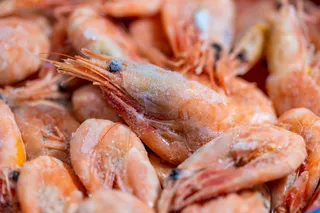Changes in human diet driven by cultural evolution seem to be at the root of many relatively recently emerged patterns of genetic variation. In particular, lactase persistence and varied production of amylase are two well known cases. Both of these new evolutionary genetic developments are responses to the shift toward carbohydrates over the last 10,000 years as mainstays of caloric intake. Rice and wheat serve as the foundations of much of human civilization. It is notable that both China and India are divided into rice and wheat (or millet) belts, so essential are modes of agriculture in our categorizations of societies. Even nomad societies are dependent on carbohydrates in the form of "simple sugars," as much of the nutritive value of milk is from its lactose sugar. Carbohydrates are convenient because they can be grown and controlled by humans, but also because they can be stored, and finally, reprocessed. Some ...
Rice, alcohol and genes
Explore how lactase persistence relates to alcohol metabolization loci and the evolution of genetic variation in populations.
More on Discover
Stay Curious
SubscribeTo The Magazine
Save up to 40% off the cover price when you subscribe to Discover magazine.
Subscribe












